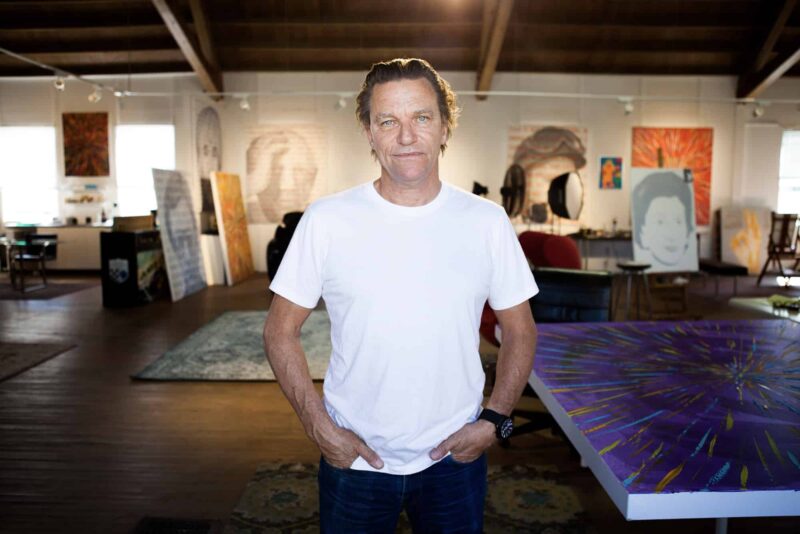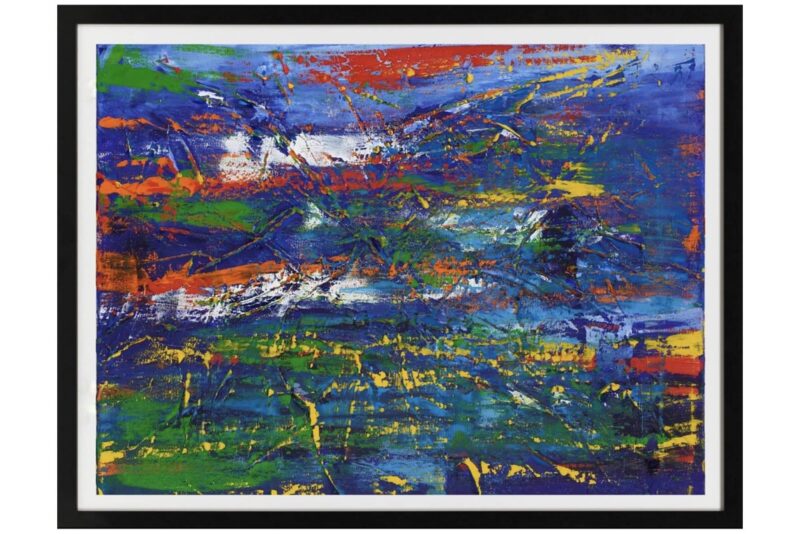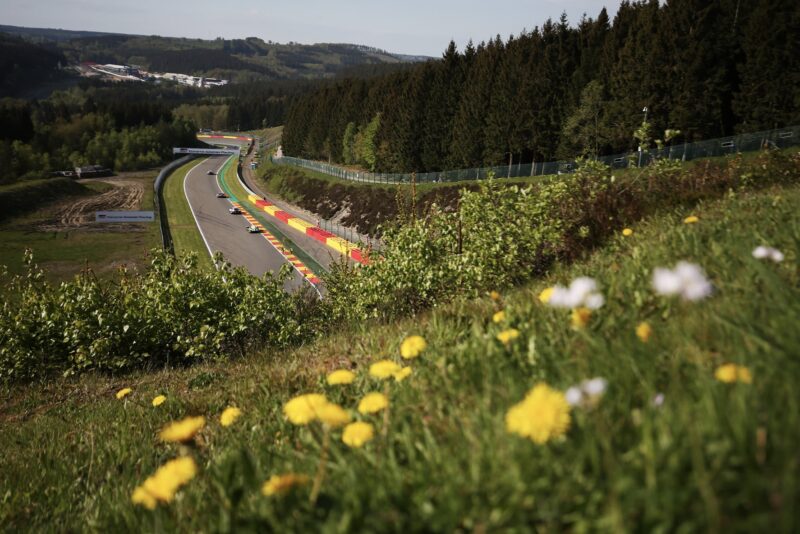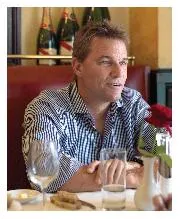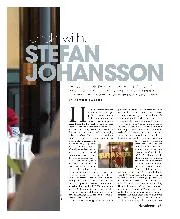Johansson believes he was already predisposed to the idea of creating art through time spent with his grandfather as a child and it only grew from there.
“I’ve been interested in it all my life,” he says. “My grandfather was an artist so I was a little kid and would paint with him every now and again and had an interest, though I never really practised it even in terms of drawing or anything like that.
“When I started racing and I started making a little bit of money, I started collecting a few pieces here and there, while I was traveling and going to races, I got a few nice pieces here and there.”
It was 34 years ago this month that Johansson began making his own art after losing his great friend, Elio de Angelis in a testing crash at Paul Ricard.
Reeling from the tragedy, he instinctively reached for a canvas and paint.
“What kind of triggered my own practising of it was when Elio De Angelis got killed,” he says. “We were close friends and would hang out together all the time and when he died, it was just – I don’t know to this day what it was that prompted me to do it – but I went and got some canvas and paint and brushes and it was kind of a more therapeutic thing to be honest.
